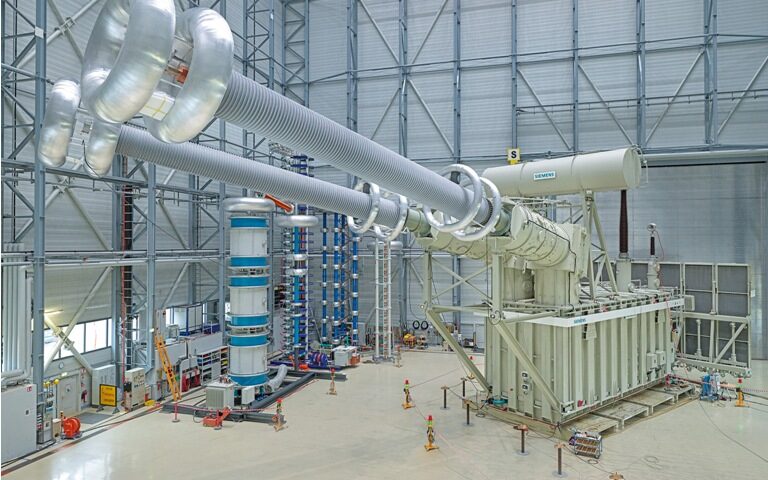Self-reliance in HVDC technology is imperative
The National Electricity Plan 2032 (NEP 2032) was recently finalized by the Union power ministry. The broad objectives outlined therein are strongly suggestive of India’s resolve to progress rapidly with its power grid augmentation drive.
By 2032, India is envisaged to have 6.48 lakh ckm of transmission lines, up 34 per cent from the current level. Likewise, transformation capacity is targeted to nearly double from 1,251 GVA now to 2,342 GVA (1 GVA = 1,000 MVA; only 220kV and above lines/substations are being considered in the given target.) All this will contribute towards enhancing interregional transfer capacity to 168 GW by 2032, from around 119 GW now.
Most striking is the projected growth in HVDC-based power transmission. NEP 2032 has formalized HVDC-based power transfer capacity addition of 33.25 GW that would mean nearly emulating the existing base of 33.50 GW, by 2032. This addition is seen coming from nine major HVDC transmission lines, some of which are already in pre-project stages.
The current situation with respect to HVDC technology is tricky. There are only three major suppliers – all multinational giants operating in India – on whom this entire responsibility would squarely rest. Global demand for HVDC, especially for renewable energy evacuation such as that from offshore wind farms, has shot up significantly in recent years.
With the result, the global supply chain is under strain and this is bound to impinge upon India’s HVDC targets. Why HVDC? From a technical standpoint, HVDC is best suited for very long distance power transmission, and this is precisely what India is looking for given that much of the incipient RE capacity is taking root in far-flung areas like Khavda in Gujarat, and Fatehgarh, Bhadla, Bikaner, etc in Rajasthan.
During some recent tenders for HVDC-based ISTS schemes, the Union power ministry had set stringent conditions which were eventually relaxed after long deliberations with HVDC technology suppliers. Extension in completion period to 54 months and lowering of minimum local content (MLC) requirement from 60 per cent to 25 per cent were key relaxations that the Union power ministry consented to.
Clearly, the government is in full cognizance of the fact that HVDC-based transmission lines will have a much longer gestation period — of around five years — as opposed to an average of two years for their EHV AC counterparts.
While the backbone of India’s interregional power transmission will be 765kV AC lines, the role of HVDC technology cannot be undermined. For instance, when offshore wind farms become a reality in India, there will be simply no alternative to HVDC.
It is time that India seriously works towards bringing HVDC technology under the “AatmaNirbhar Bharat” ideology.
The author of this article, Venugopal Pillai, is Editor, T&D India, and may be reached on venugopal.pillai@tndindia.com. Views expressed here are personal.






